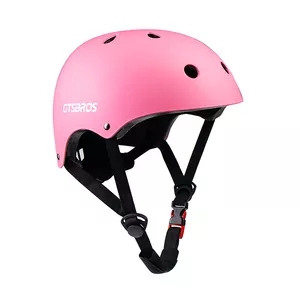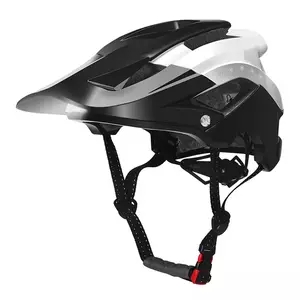**1. Set a Budget: Determine how much you’re willing to spend on an e-bike. E-bike prices can vary widely, so having a budget in mind will help narrow down your options.
**2. Types of E-Bikes: There are different types of e-bikes designed for various purposes. Common types include commuter e-bikes, folding e-bikes, and city e-bikes. Choose the type that best fits your intended use.
**3. Consider Kit Conversions: If you already have a traditional bicycle, you can explore e-bike conversion kits. These kits are often more budget-friendly than purchasing a new e-bike and allow you to transform your existing bike into an e-bike.
**4. Research Brands and Models: Research different e-bike brands and models that fall within your budget. Look for reliable brands that offer good value for the price.
**5. Battery and Motor: While budget-friendly e-bikes may have smaller or less powerful batteries and motors, these options can still provide adequate assistance for urban commuting and short trips.
**6. Secondhand E-Bikes: Consider looking for secondhand e-bikes. Many people sell gently used e-bikes at a lower price, offering an affordable way to get into e-biking.
**7. Local Bike Shops and Online Retailers: Check out local bike shops and online retailers for deals and discounts on e-bikes. Online marketplaces often have a range of options and competitive prices.
**8. Demo Days and Sales: Keep an eye out for demo days or sales events hosted by e-bike manufacturers or retailers. These events can offer discounts on new e-bikes.
**9. Warranties and Support: Ensure that even budget-friendly e-bikes come with a reasonable warranty and access to customer support. This will give you peace of mind in case of any issues.
**10. Additional Costs: Keep in mind additional costs such as accessories (locks, lights, helmets) and potential maintenance. Factor these into your budget.
**11. Test Rides: Whenever possible, test ride e-bikes before making a decision. This allows you to assess comfort, fit, and performance.
**12. Do-It-Yourself (DIY) E-Bikes: If you’re comfortable with basic mechanical work, you can explore building your own e-bike using a conversion kit. This can be a cost-effective way to get a customized e-bike.
**13. Financing Options: Some retailers offer financing options that allow you to pay for the e-bike in installments, making it more manageable for your budget.
**14. Consider Long-Term Savings: While the initial cost of an e-bike might be higher than a traditional bike, consider the long-term savings on fuel, parking, and transportation costs.
Remember that even budget-friendly e-bikes can provide an eco-friendly and enjoyable mode of transportation. Focus on finding an e-bike that meets your needs and aligns with your budget, and enjoy the benefits of sustainable and affordable mobility.





























